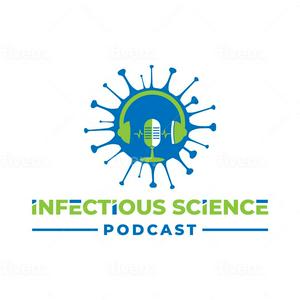Botulism: Medicine, Menace, and a Masterclass in Food Safety
Send us a textImagine a toxin so potent that a few nanograms can shut down a muscle—and yet, in the right hands, it eases migraines and calms spasms. We take you from the sausage-linked origins of botulism to the science of spores, food safety, infant risks, wound contamination, and the carefully controlled medical use of botulinum toxin. Along the way, we unpack how this anaerobic bacterium survives heat, why improperly canned foods can become dangerous, and what really happens at the neuromuscular junction when acetylcholine release is blocked.We break down the top-down pattern of paralysis—double vision, drooping eyelids, trouble swallowing—and why sensation stays intact even as movement fades. You’ll hear practical prevention tips for home canning and fermentation, the reason honey is off-limits for infants, and what to do if you suspect exposure. We also explore diagnosis and treatment: toxin detection, antitoxin for adults, immune globulin for infants, and the crucial role of timely supportive care when breathing muscles weaken.Then we shift to the paradox of Botox. Type A botulinum toxin is FDA-approved and widely used for migraines, dystonias, overactive bladder, and cosmetic goals, yet outcomes depend on expertise, dosing, and aftercare. We discuss diffusion risks, emerging research on toxin migration in animal models, and how to choose trained, licensed providers. Rounding out the story, we touch on botulism’s biosecurity history and why strong surveillance and sound public health systems matter just as much as good kitchen habits.If this exploration helped you see botulism with fresh eyes, subscribe for more science you can use, share the episode with a friend who loves microbiology and medicine, and leave a quick review to help others find the show.Thanks for listening to the Infectious Science Podcast. Be sure to visit infectiousscience.org to join the conversation, access the show notes, and don’t forget to sign up for our newsletter to receive our free materials. We hope you enjoyed this new episode of Infectious Science, and if you did, please leave us a review on Apple Podcasts and Spotify. Please share this episode with others who may be interested in this topic! Also, please don’t hesitate to ask questions or tell us which topics you want us to cover in future episodes. To get in touch, drop us a line in the comment section or send us a message on social media. Instagram @InfectscipodFacebook Infectious Science PodcastSee you next time for a new episode!



